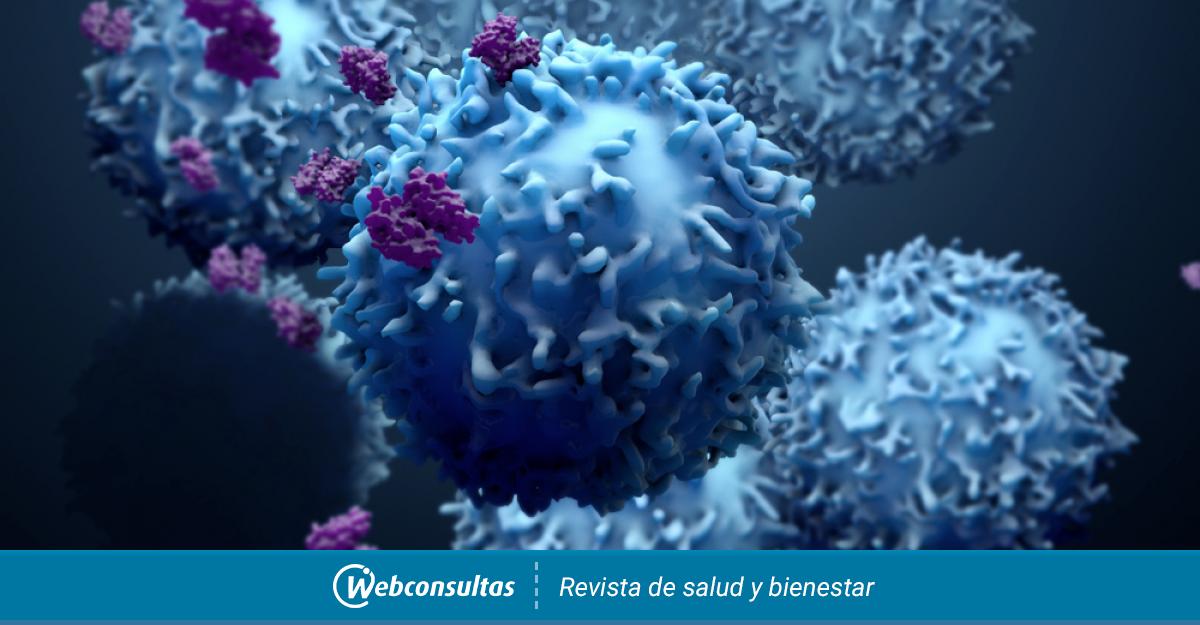They are developing a therapy that brings the possibility of curing ALS closer.

A team of researchers has made a discovery that could have important implications for people suffering from amyotrophic lateral sclerosis (ALS), as he found a possible path to a cure for this deadly disease. This achievement demonstrates how Protein interactions may preserve or prevent nerve cell death, characteristic of ALS. The discovery is the result of decades of research at Western University (Canada) with support from the Temerty Foundation.
“It took 30 years of work to get here; 30 years of caring for families, patients and their loved ones when all we had was hope. “This gives us reason to believe that we have opened the door to a treatment,” he said. Dr. Michael Strong, Arthur J. Hudson, professor of ALS research at the Schulich School of Medicine and Dentistry, who led the study. “It was extremely important for me as a physician to be able to talk to a patient or their family and tell them that we are trying to stop this disease,” he added.
Amyotrophic lateral sclerosis, also known as Lou Gehrig’s disease, is a debilitating neurodegenerative condition that progressively damages the nerve cells responsible for muscle control, leading to muscle atrophy, paralysis, and ultimately death. The average life expectancy for a patient with ALS after diagnosis is two to five years.
Treatments that can stop or reverse the progression of ALS.
In a study published in the journal Brain Strong’s team found that by manipulating the interaction between two proteins present in nerve cells affected by ALS, the progression of the disease could be stopped or reversed. The team also identified a mechanism that would make this possible. “Importantly, this interaction could be key to discovering treatments not only for ALS, but also for other related neurological conditions such as frontotemporal dementia,” Strong said. “This is a radical change,” he adds.
Almost all patients with ALS protein called TDP-43 It is responsible for the formation of abnormal clots inside cells, causing their death. A few years ago, Strong’s team discovered a second protein called RGNEFwith functions opposite to TDP-43.
The team’s latest advance identifies a specific fragment of the RGNEF protein called NF242 that can mitigate the toxic effects of ALS-causing protein. The researchers found that when both proteins interact with each other, the toxicity of the ALS-causing protein is eliminated, significantly reducing nerve cell damage and preventing cell death.
“This interaction could be key to unlocking treatments not only for ALS, but also for other related neurological diseases such as frontotemporal dementia.”
In fruit flies, this approach significantly extended life, improved motor function, and protected nerve cells from degeneration. Likewise, in mouse modelsconcentrate increased life expectancy and mobilityalong with a reduction in markers of neuroinflammation.
Strong and his team’s next goal is to bring their potential treatment to clinical trials on humans for five yearsa mission that is fueled by a new grant from the Temerty Foundation, which will invest $10 million over five years to advance the next steps in bringing this treatment to ALS patients.
“This is a turning point in ALS research that could truly change patients’ lives,” Dr. said. Dr. John Yoo, Dean of the Faculty of Medicine and Dentistry named after. Shulikha. “Thanks to Dr. Strong’s leadership, our continued investment in the best tools and technologies, and the visionary support of the Temerty Foundation, we are pleased to announce a new era of hope for patients with ALS,” he concludes.
